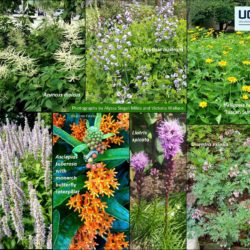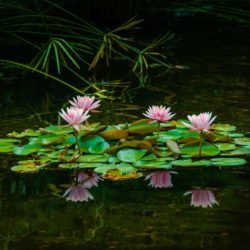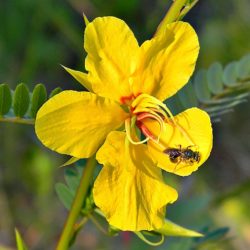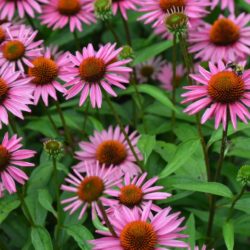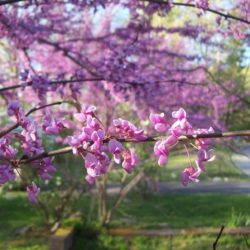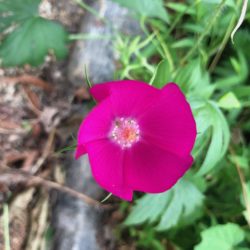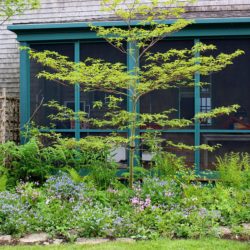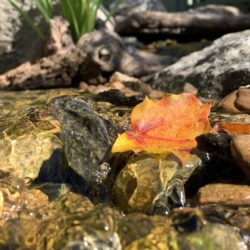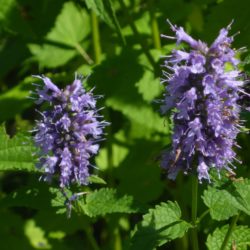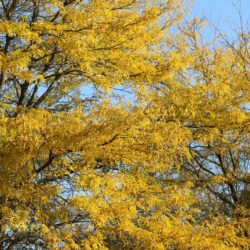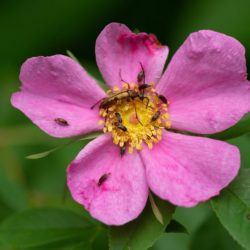By Victoria Wallace and Alyssa Siegel-Miles
Interest in native plants and sustainable landscaping has exploded over the last decade. Through our UConn Extension Sustainable Turf & Landscape program, we provide practical science-based information to support the sustainability goals of Connecticut green industry professionals and home gardeners. With that in mind, we developed a free online guide of 44 pages of plant lists for every location matched with vibrant photographs.

